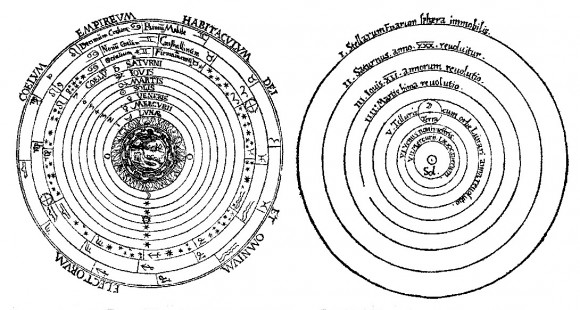
The Earth is shown as a planet, in a position always 180 degrees opposite the sun in the geocentric natal chart.

The heliocentric chart differs from the geocentric chart in that it does not show the sun, since the sun is the vantage point for the entire chart. With exploration of the solar system and beyond, it is also possible to construct charts centered on a space station or another planet. Astronomers today also use a geocentric model for particular purposes, such as calculating how far a distant star is from the earth, or the gravitational pull of the moon on the earth's surface. A geocentric horoscope is simultaneously a stylized version of the heavens and a symbolic depiction of an earth-based human character or an event. The research of Copernicus, Johannes Kepler, and James Bradley subsequently confirmed the heliocentric model.Īstrologers today continue to work with the geocentric model, not through ignorance of the sun-centered solar system, but because planetary movement as seen from a human, earth-based standpoint forms the basis of their calculations. The astrologer Regiomontanus (1436-1476) left some unpublished manuscripts suggesting he discovered the principle of heliocentrism.


The church as well as scientists supported the geocentric model, although speculation concerning the heliocentric model never completely disappeared. Although the Greek astronomer Aristarchos postulated the idea of a heliocentric solar system in the third century BCE, the concept remained in relative obscurity up until the Middle Ages.


 0 kommentar(er)
0 kommentar(er)
